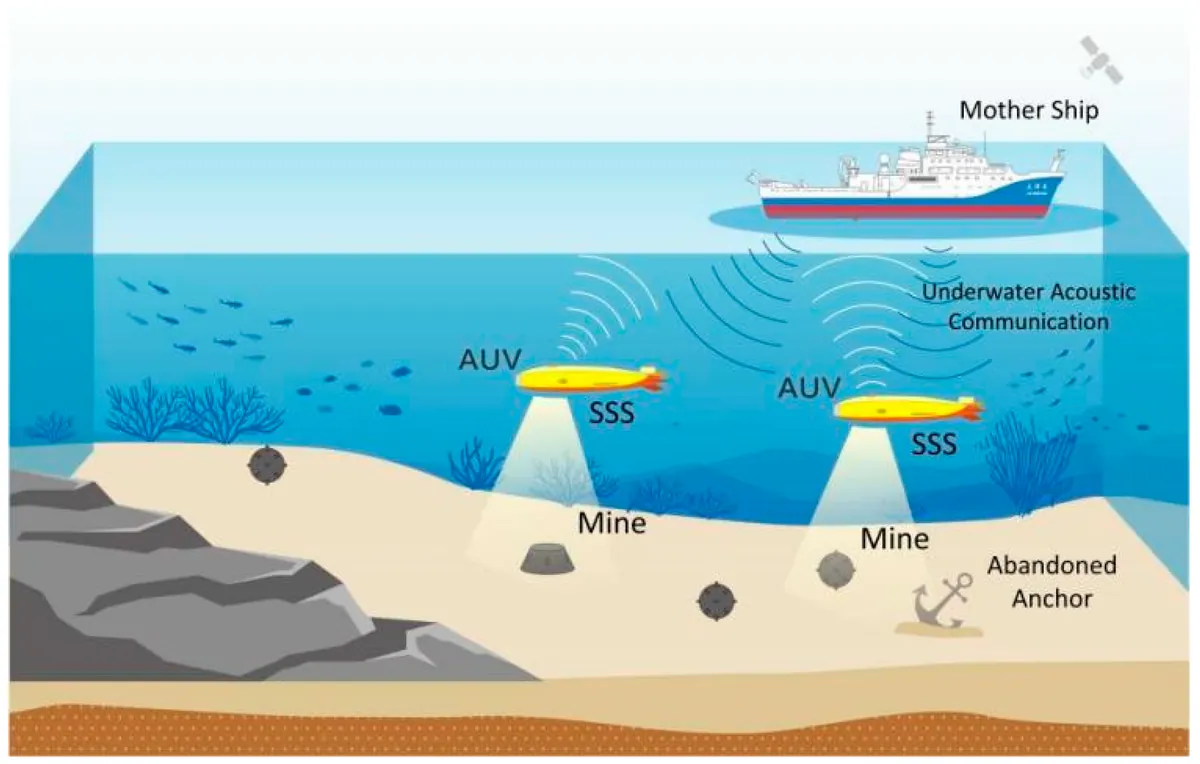In a groundbreaking mission, an autonomous vessel named Armada 8 is set to explore the depths of Lake Superior in search of a plane that crashed 56 years ago. The high-tech boat, equipped with sonar and cameras, aims to unravel the mystery surrounding the 1968 accident that claimed three lives during a scientific assignment.
Lake Superior, the largest of the Great Lakes, presents a formidable challenge for this search operation. With an average depth of 483 feet (147 meters) and a maximum depth of 1,332 feet (406 meters), the lake's vast expanse has kept its secrets well-hidden for over half a century. The search area is part of the lake's 31,700 square miles (82,100 square kilometers) surface, which contains 10% of the world's fresh surface water.
The ill-fated flight, a Beechcraft Queen Air, departed from Madison, Wisconsin, on October 23, 1968. The aircraft carried Robert Carew (pilot), Gordon Jones (co-pilot), and Velayudh Krishna (graduate student). Their mission was to collect data on temperature and water radiation for the National Center for Atmospheric Research, an institution established in 1960 to study Earth's atmosphere.
Despite extensive searches in the fall of 1968 and throughout 1969, only seat cushions and metal fragments have washed ashore over the decades. The wreckage and remains of the three men have never been located in the lake's extremely deep waters.
Wayne Lusardi, Michigan's maritime archaeologist, expressed both hope and caution about the new search effort. He stated:
"We know it's in this general vicinity. It will be a difficult search. But we have the technology amassed right here and the experts to utilize that technology."
The search operation involves collaboration between the autonomous Armada 8 vessel and boats and crew from Michigan Tech University's Great Lakes Research Center in Houghton. This partnership showcases the advancement of maritime technologies since the 1990s when autonomous underwater vehicles were first used for deep-sea exploration.
It's worth noting that Lake Superior's challenging conditions, including water temperatures rarely exceeding 40°F (4.4°C) in summer and its notorious storms, have contributed to numerous shipwrecks throughout history. These factors may have played a role in preserving the crash site.
The Smart Ships Coalition, a group of over 60 universities, government agencies, companies, and international organizations, is organizing this innovative search mission. David Naftzger, executive director of the Great Lakes St. Lawrence Governors & Premiers, emphasized the dual purpose of the operation:
"Regardless, we will have a successful mission at the end of this week showing a new application for technology, new things found on the lakebed in an area that's not been previously surveyed in this way."
While the primary goal is to locate the missing plane, it's important to note that Michigan authorities typically do not allow disturbance of shipwrecks on the Great Lakes' bottom. This policy may influence any potential recovery efforts if the wreckage is found.
As Armada 8 embarks on its mission, it not only seeks to solve a decades-old mystery but also contributes to mapping a section of Lake Superior's bottom. This endeavor could provide valuable data about the lake, which was formed about 1.2 billion years ago and is fed by over 300 streams and rivers.
The families of Carew, Jones, and Krishna have been informed of this new search effort, offering a glimmer of hope for closure after 56 years. Regardless of the outcome, this mission represents a significant step forward in the application of autonomous technology for underwater exploration and scientific research.
